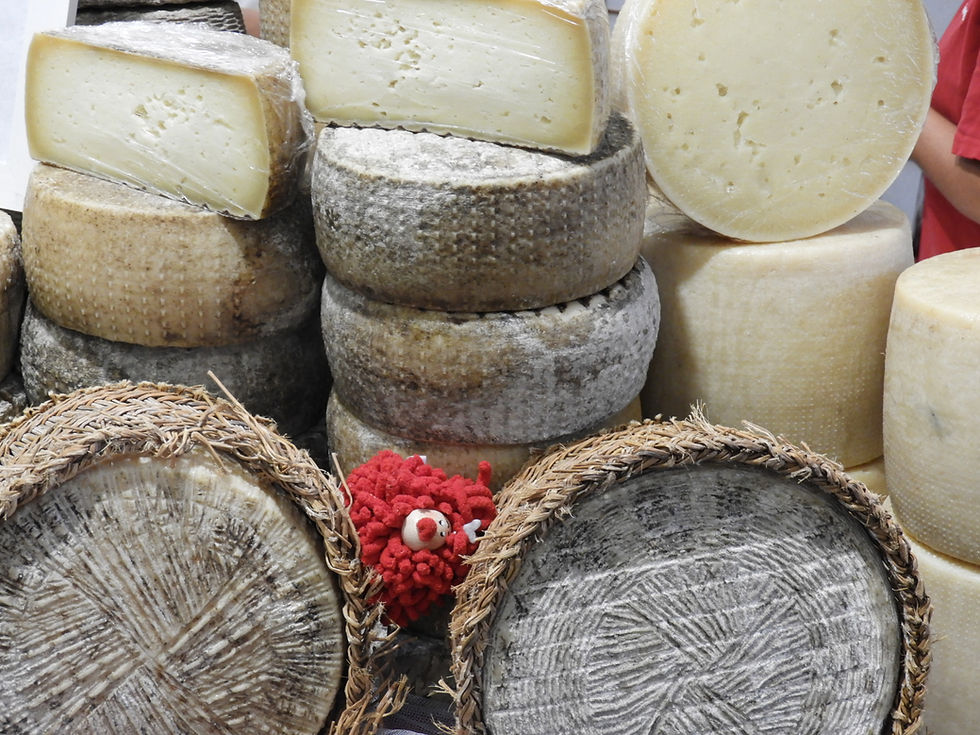Trentino-Alto Adige
- Aug 26
- 3 min read
Updated: Sep 12
A Unique Italian Region
Geography and Overview
Trentino-Alto Adige is one of Italy’s five autonomous regions, located in the north-east of the country. It comprises two provinces: Bolzano and Trento. The region shares its northern border with Austria and its north-western boundary with Switzerland. To the west and south, it is bordered by the Italian regions of Lombardy and Veneto. Covering 13,607 square kilometres, the area is extremely mountainous, encompassing a significant part of the Dolomites and the southern Alps.

Character and Appeal
Despite being somewhat overlooked and often forgotten, Trentino is a region brimming with treasures for travellers of all kinds, especially those interested in food, wine, and local tradition. The region is renowned for its popular ski resorts and pristine medieval towns. Visitors can expect glorious natural scenery, warm hospitality, reliable accommodation, and very affordable prices. In winter, the skiing is exceptional, while spring and autumn invite hikers to explore an established network of well-marked trails. These trails often lead to remote mountain hamlets where German is more commonly spoken than Italian, and sauerkraut is more prevalent than pasta. Regardless of the season, the region offers breathtaking views, featuring saw-toothed ridges, snow-capped peaks, lush alpine meadows, and sparkling waterfalls.

History and Identity
Trentino-Alto Adige is a region marked by deep divisions and a longstanding struggle for identity. After being conquered by Napoleon, it remained under the rule of the Austrian Habsburgs until 1919, when it was returned to Italy. Many locals did not accept this new political arrangement. In 1939, Mussolini gave residents the choice to either accept Italian citizenship and stay or to take German citizenship and move north. The vast majority chose the latter, leading to significant depopulation.
The region was granted autonomous status in 1948, but this only intensified existing divisions. Trentino, the southern part centred around the city of Trento, has become much more Italian in character compared to the northern part, Alto Adige (also known as Südtyrol). Additionally, there is a sizeable population who belong to another ethnic group and speak Ladin, an ancient language combining Celtic dialects with Latin. This language’s origins date back to the arrival of the Roman legions in the first century BC. The town of Vigo di Fassa is home to a museum dedicated to the history and traditions of the Ladin people.

Cuisine and Local Produce
The cuisine of Trentino-Alto Adige reflects its position between German and Italian influences, resulting in big, robust flavours. In Trentino, members of the police force are trained as mushroom experts, responsible for inspecting mushrooms in the market to ensure all for sale are safe and edible. The mushroom market in Trento is a notable attraction, and there is also an annual mushroom fair. The region produces chestnuts, plums, grapes, and especially apples, which feature in many local dishes. Olive oil is produced in the Garda region, situated at the northern end of Lake Garda.
Pork is a common ingredient in many dishes, and polenta serves as the principal staple of the local cuisine. The area also benefits from good fish caught in Lake Garda and abundant trout from the rivers. Game, poultry, pork, and beef are all popular. Germanic influence is evident in desserts, with apple strudel being especially favoured.
Wine and Cheese
Trentino produces less than one percent of Italy’s total wine output. The region is home to three local grape varieties: Nosiola (white), Teroldego, and Marzemino (both red). Other grape varieties cultivated include international standards such as Chardonnay, Cabernet, Merlot, Moscato, and more recently, Pinot Grigio. Muller Thurgau, a variety of Austrian influence, is also grown.
The region boasts six Slow Cheese Presidio’s, dedicated to preserving traditional cheesemaking techniques. These include Botiro, Casolet, Formaggio di Malga del Lagorai, Puzzone di Moena, and Vezzena.




Comments